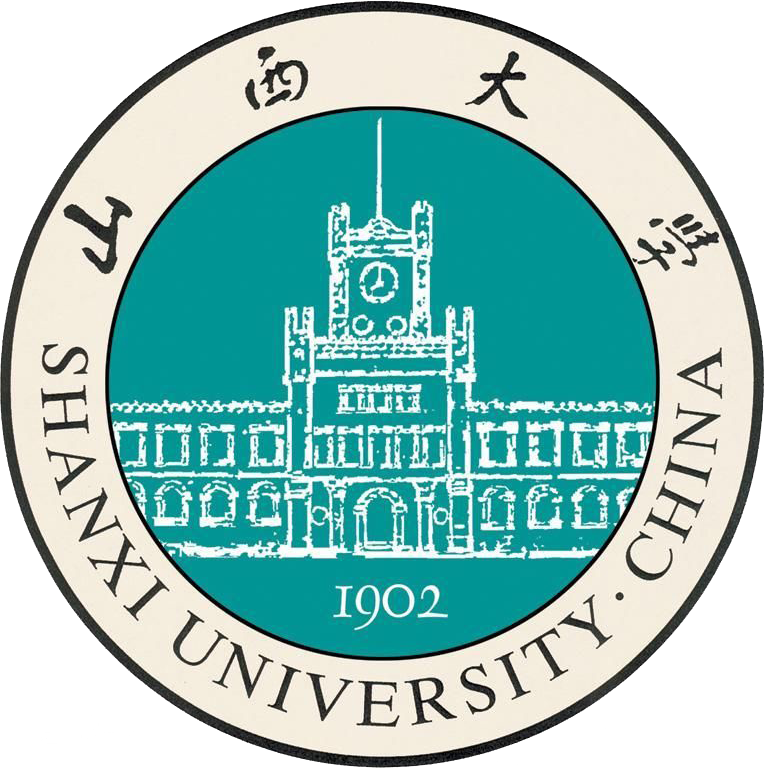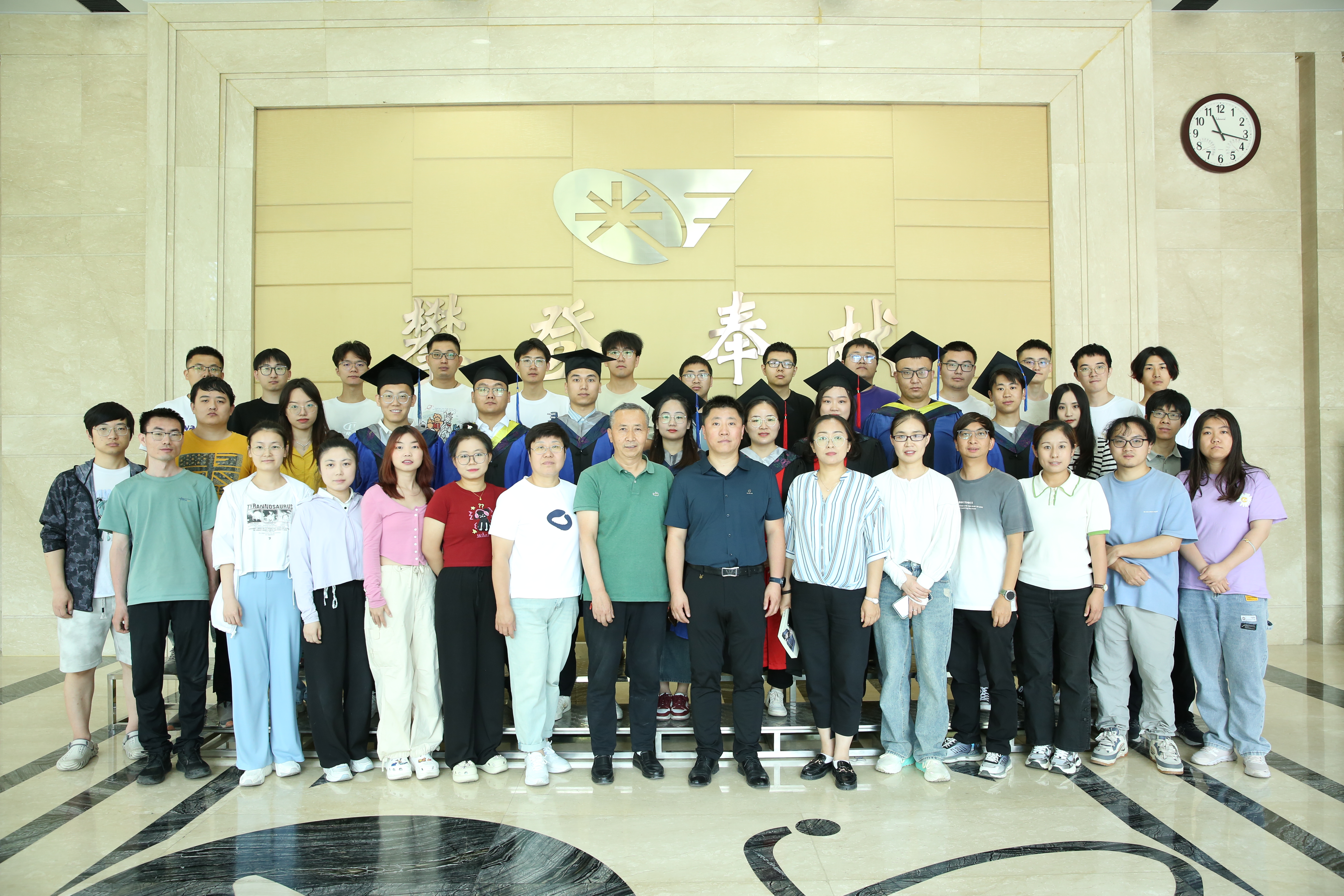

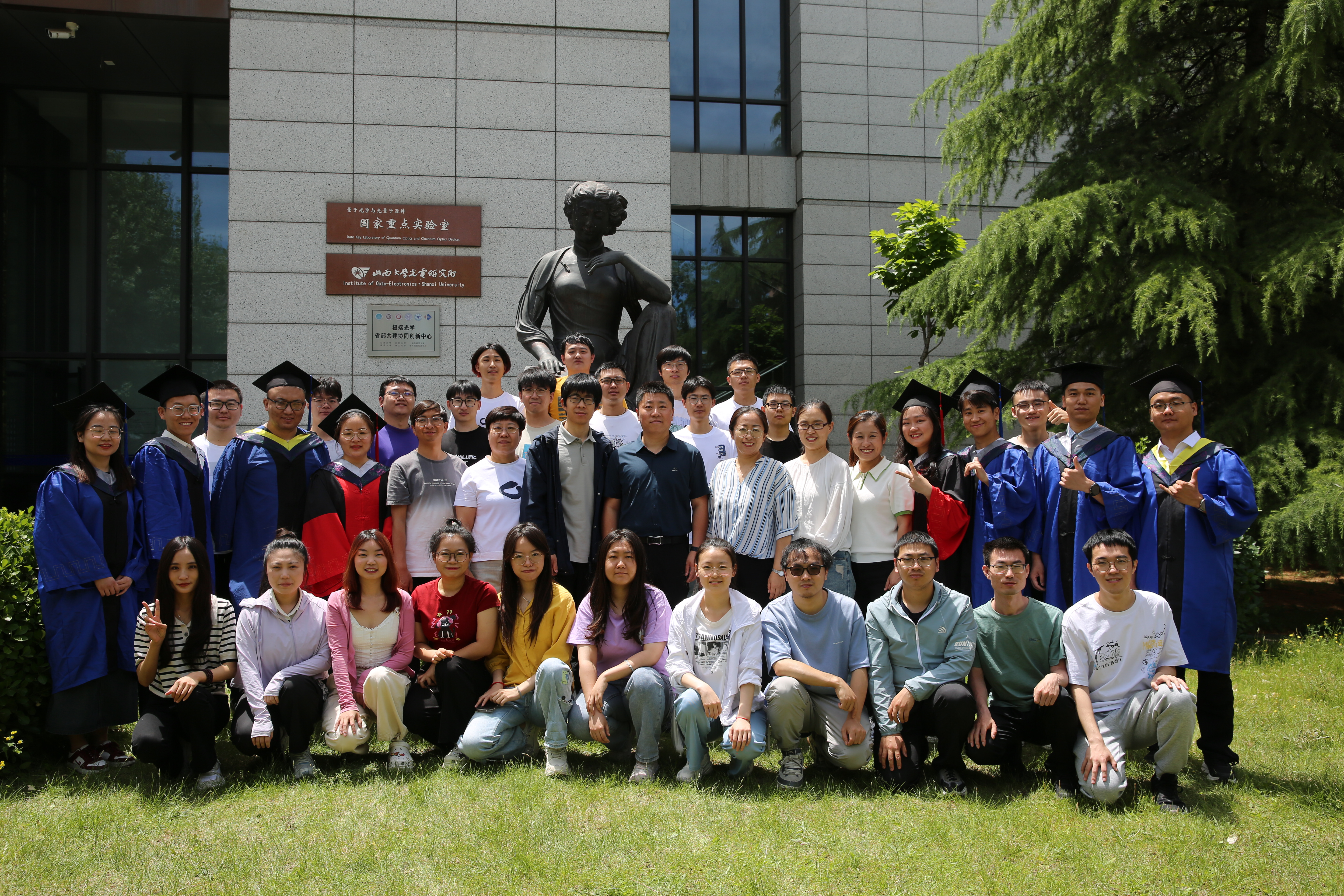
量子技术研发平台以从事光量子器件的研究和开发为主,包括连续变量非经典光源、高质量的全固态连续单频激光器以及全固态连续单频可调谐激光器的研制与开发。研制的连续变量非经典光源已经提供给包括南京大学、华东师范大学在内的一些高校和科研院所使用。研制的高功率全固态连续单频激光器及可调谐激光器已经提供给包括香港科技大学、中科院物理所、上海光机所、清华大学、南开大学、南京大学、山东大学在内的一些高校和科研院所使用。目前,正在进行百瓦级低噪声激光器、高压缩度及纠缠度的连续变量非经典光源等光量子器件的研制。
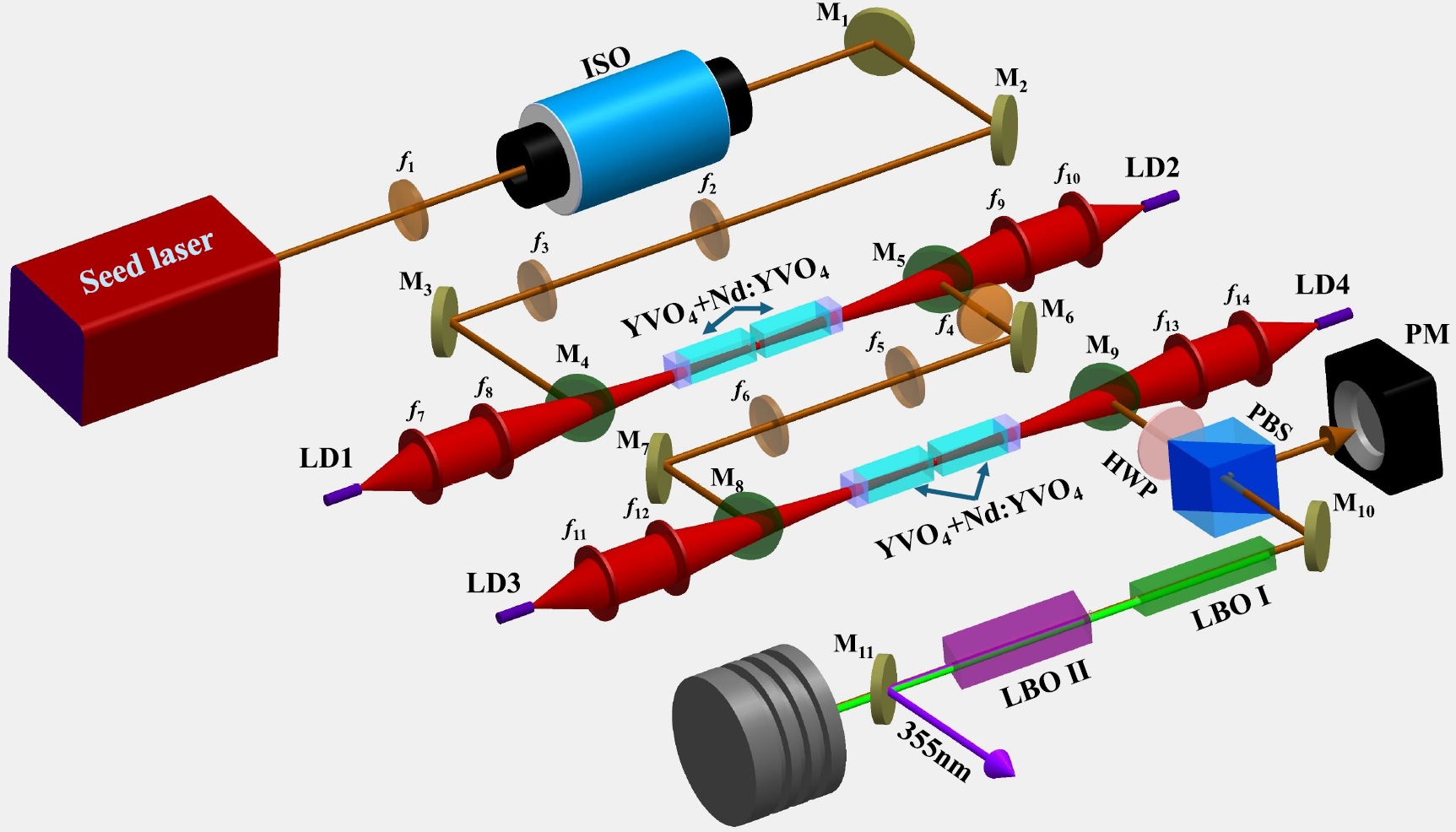
Generation of large energy 355 nm ultraviolet light based on a pulse-pumped Nd:YVO4 amplifier with aperture-like structure
Authors:Yanlin Zhang, Jie Yang, Xuechen Cao, Pixian Jin, and Huadong Lu*
A large energy pulsed 355 nm ultraviolet (UV) light with a pulse repetition rate (PRR) of 10 kHz is presented in this paper, which is implemented by employing a two-stage Nd: YVO4 master oscillation power amplifier (MOPA) with the aperture-like structure. By optimizing the mode-matching between the seed and pump laser of the amplifiers, an aperture-like structure can be skillfully constructed for the laser crystal. In this case, the amplified spontaneous emission (ASE) can be effectively filtered out, and its influence on the amplified fundamental-wave laser pulse can be eliminated. On this basis, a 355 nm UV light with an average power and energy of up to 40 W and 4 mJ is obtained through third harmonic generation. The achieved pulse width is 7.8 ns. To the best of our knowledge, it is the maximum output power of 10 kHz 355 nm UV light with high beam quality and narrow pulse width realized via Nd: YVO4 crystals. We think that the presented method is conducive to attaining a large energy UV light with high spectral purity.

Realization of a high-power UV-pumped optical parametric oscillator depending on the decrease of the color center density
Authors:Jiawei Li, Xuechen Cao, Yanlin Zhang, Jie Yang, Pixian Jin, Jing Su and Huadong Lu*
In this paper, a high-power UV-pumped BBO optical parametric oscillator (OPO) is presented by increasing the working temperature of the nonlinear crystal to fasten the color center recovery speed and further decrease the color center density. When the working temperature of the BBO crystal was experimentally increased from 135 °C to 185 °C, the output power was scaled up from 1.20 W to 2.17 W. The repetition rate and pulse width of the signal light were 10 kHz and 5.23 ns, respectively. By rotating the BBO crystal, the wavelength of the signal light was tuned from 409.81 nm to 581.87 nm. To the best of our knowledge, it was the highest output power for the 355 nm UV-pumped II-type critical phase-matched BBO OPO. The results are beneficial for the development of OPOs as well as in industrial and scientific research fields.
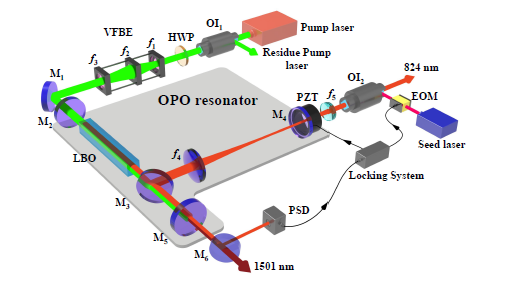
Realization of a 4 kHz, large energy single-frequency ns optical parametric oscillator by suppressing optical parametric generation
Authors:Xuechen Cao, Donglin Cheng, Yanan Chen,Pixian Jin, Jing Su, Fang Li,and Huadong Lu*
Large energy single-frequency nanosecond (ns) near-infrared light source is an essential device in the field of the remote chemical analysis based on the laser-induced breakdown spectroscopy (LIBS). In this paper, a large energy single-frequency ns 824 nm light source with high repetition rate is presented, which is generated from a seed-injection locked optical parametric oscillator (OPO). By optimizing the spot radius of the pump laser and the modematching between the pump laser and signal light, the optical parametric generation (OPG) process is effectively eliminated. On this basis, with the assistance of the seed-injection locking, a single-frequency 4 kHz ns 824 nm light source with an output pulse energy and a spectral width of 3.39 mJ and 32.42 MHz is obtained. For the best of our knowledge, it is the largest energy for the single-frequency ns near-infrared light source with the repetition rate of kHz level.

